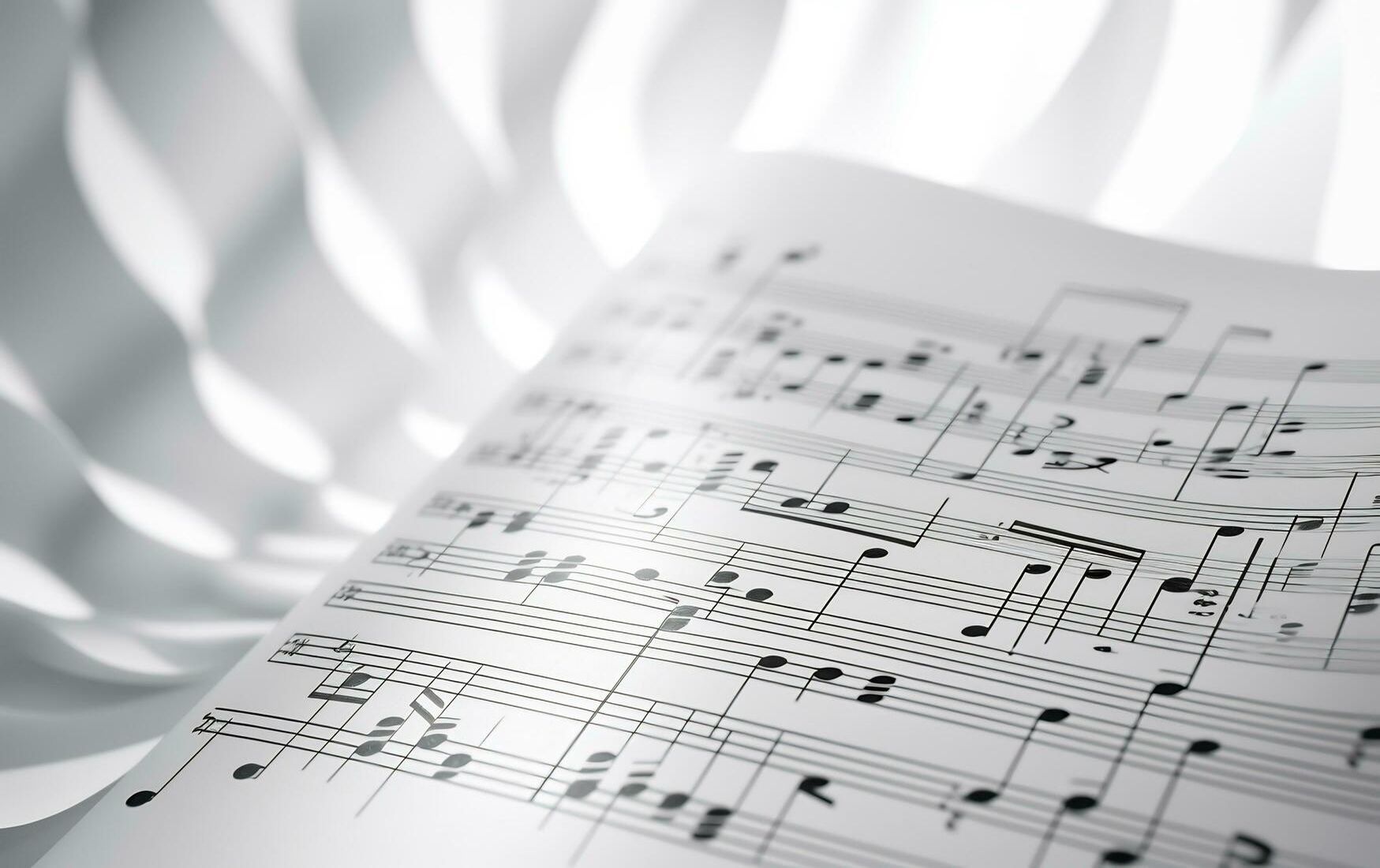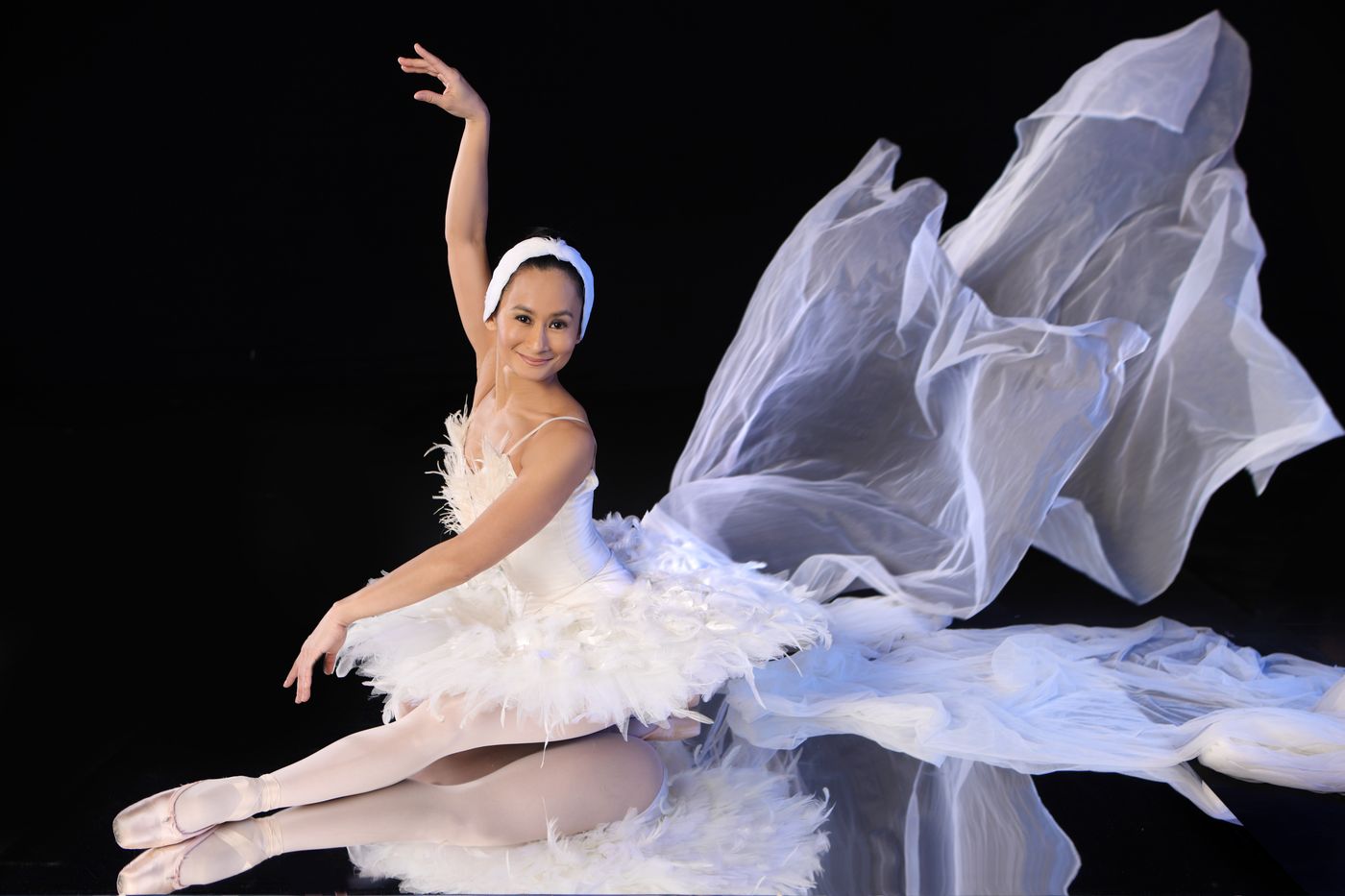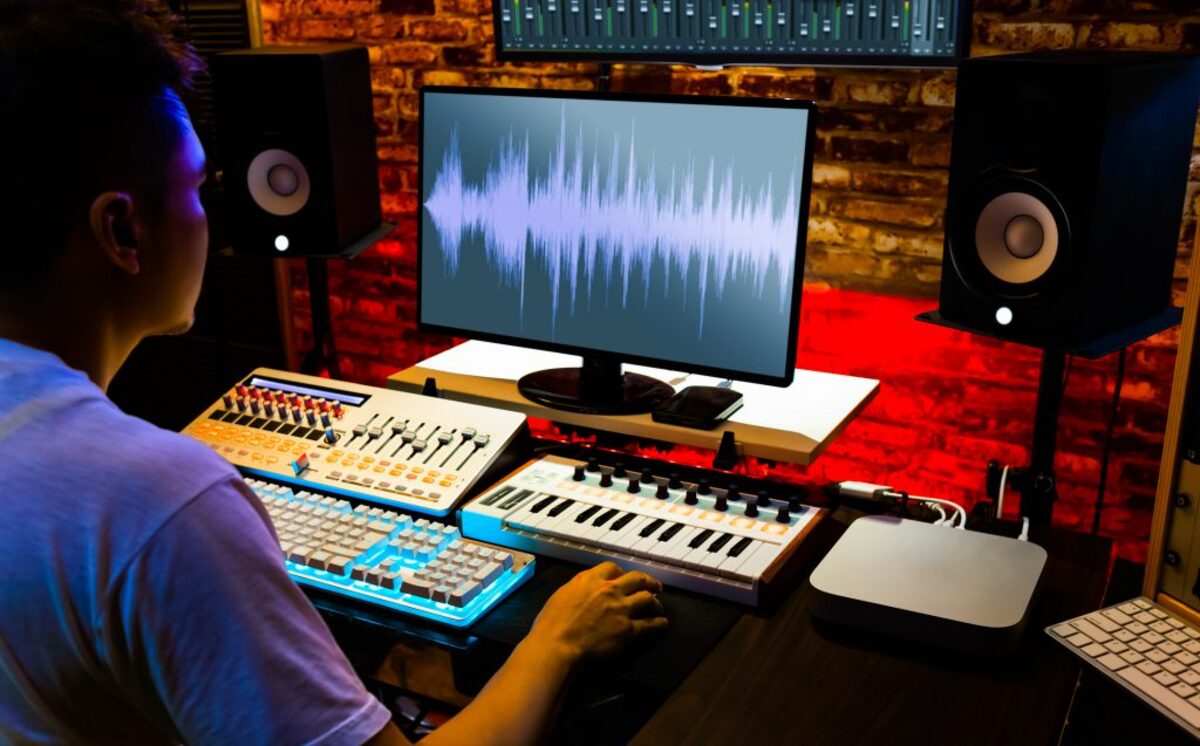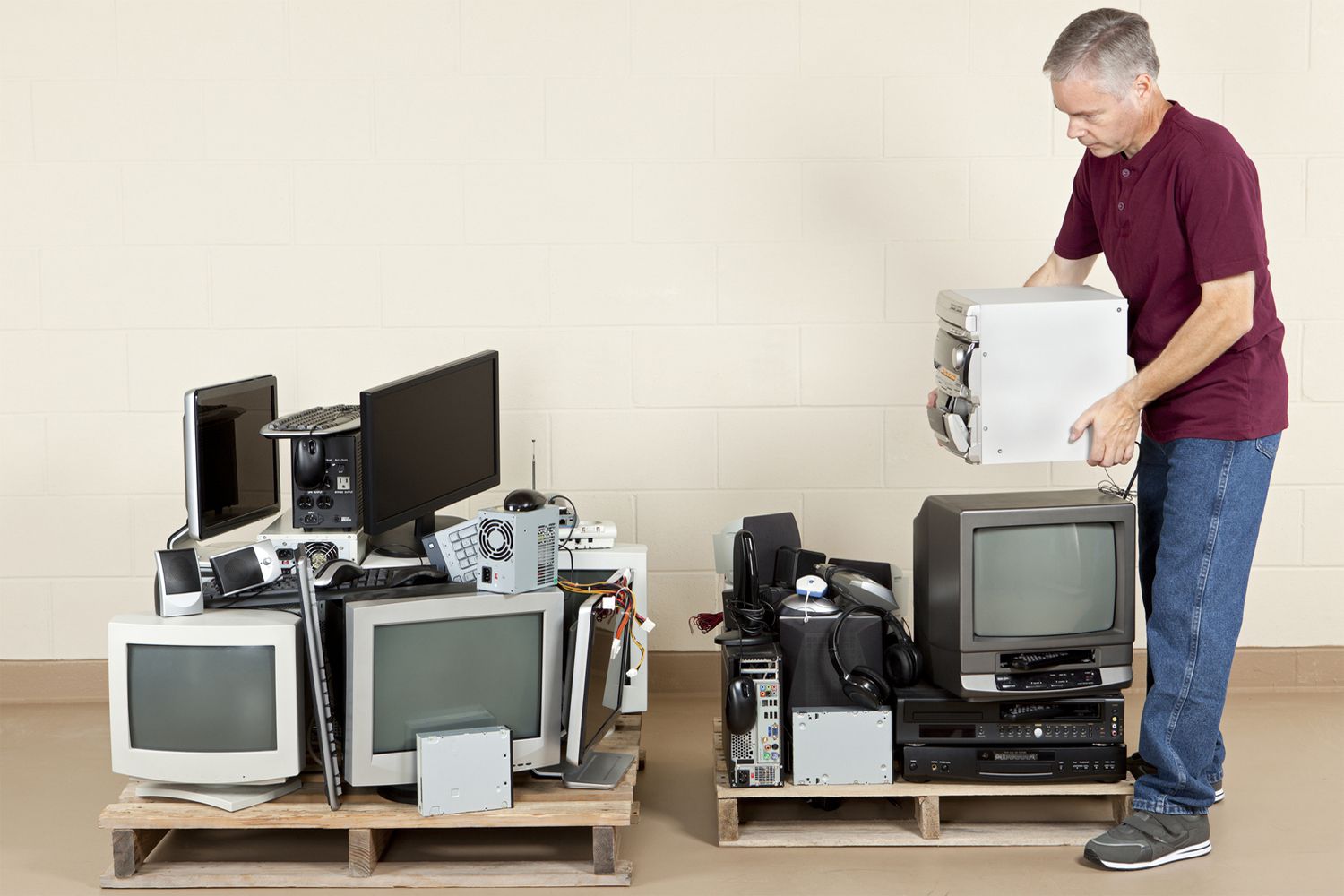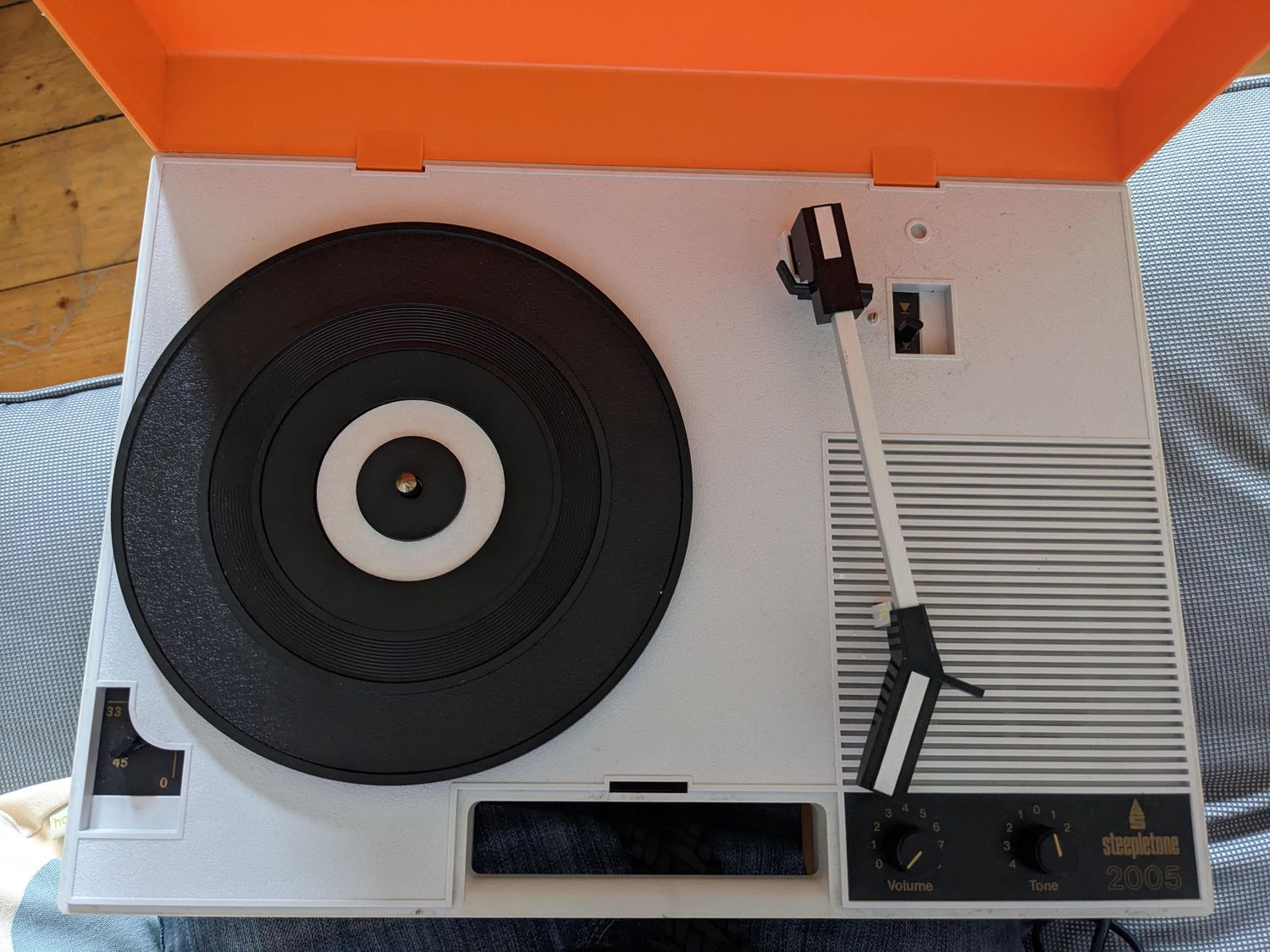Home>Production & Technology>DJ>What Is DJ Equipment Called?


DJ
What Is DJ Equipment Called?
Modified: March 4, 2024
Discover the essential DJ equipment and gear needed for your next event or party. Learn what DJ equipment is called and how to get started in the world of DJing.
(Many of the links in this article redirect to a specific reviewed product. Your purchase of these products through affiliate links helps to generate commission for AudioLover.com, at no extra cost. Learn more)
Turntables
When it comes to the world of DJing, turntables stand as iconic symbols of the craft. These sleek and powerful devices have been at the heart of DJ performances for decades, delivering the unmistakable sound and feel that have become synonymous with the art of DJing.
The Anatomy of Turntables
At first glance, turntables may appear deceptively simple, but a closer look reveals a complex and finely-tuned instrument. The key components of a turntable include the platter, tonearm, cartridge, and stylus. The platter, often adorned with mesmerizing artwork, is the spinning platform where the vinyl record rests. The tonearm, a slender arm extending from the side, holds the cartridge and stylus, which work in unison to translate the grooves of the vinyl into audible music.
The Magic of Vinyl
One of the most enchanting aspects of turntables is their ability to bring music to life through vinyl records. The warm, rich sound produced by vinyl has a unique quality that resonates with both audiophiles and casual listeners alike. The act of carefully selecting and placing a vinyl record onto the turntable, delicately cueing up a track, and experiencing the crackle and warmth as the music begins to play is an immersive and tactile experience that sets turntables apart from digital formats.
The Art of Scratching
Turntables are also renowned for their role in the art of scratching, a DJ technique that involves manipulating the vinyl record back and forth to create rhythmic and percussive sounds. This expressive and dynamic skill has been a cornerstone of hip-hop and electronic music, allowing DJs to infuse their performances with a raw and improvisational energy that captivates audiences.
The Evolution of Turntables
While traditional analog turntables continue to hold a special place in the hearts of DJs and music enthusiasts, technological advancements have led to the development of digital turntables that offer a fusion of vintage charm and modern convenience. These digital turntables often feature built-in USB connectivity, MIDI control, and software integration, providing DJs with a versatile toolset for crafting innovative and boundary-pushing performances.
In essence, turntables represent a timeless bridge between the past and the future of DJing. They embody the spirit of exploration and creativity, inviting DJs to harness their tactile and sonic capabilities to craft unforgettable musical experiences. Whether spinning classic vinyl records or pushing the boundaries of digital innovation, turntables remain an enduring cornerstone of DJ culture, inspiring and empowering DJs to shape the sonic landscapes of tomorrow.
DJ Mixer
At the heart of every DJ setup resides the powerful and versatile DJ mixer. This essential component serves as the command center for blending and manipulating audio sources, offering a wealth of creative possibilities for DJs to explore. The DJ mixer stands as a testament to the art of mixing, providing a seamless platform for crafting smooth transitions, dynamic blends, and captivating sonic journeys.
The Core Functionality
A DJ mixer is designed to accommodate multiple audio inputs, typically including turntables, CDJs, media players, and other external devices. With a range of input channels at their disposal, DJs can seamlessly blend and layer different tracks, infusing their sets with a diverse array of sounds and textures. The mixer's crossfader, EQ controls, and effects modules empower DJs to sculpt the sonic landscape in real-time, shaping the mood and energy of their performances with precision and finesse.
The Art of Blending
One of the most revered skills in DJing is the art of blending, and the DJ mixer serves as the primary vehicle for mastering this craft. By leveraging the mixer's crossfader and EQ knobs, DJs can seamlessly merge two tracks, creating a seamless and harmonious fusion of music that captivates audiences. The ability to flawlessly blend tracks, matching their tempos and harmonies, is a hallmark of a skilled DJ, and the mixer stands as their trusted ally in this pursuit of sonic excellence.
Creative Manipulation
Beyond its fundamental mixing capabilities, the DJ mixer offers a playground for creative manipulation. Features such as filter knobs, effects processors, and performance pads enable DJs to inject their sets with bursts of creativity and expression. From crafting intricate filter sweeps to adding stuttering effects and rhythmic flourishes, the mixer empowers DJs to push the boundaries of sonic experimentation, infusing their performances with a distinct and personal touch.
The Evolution of DJ Mixers
As technology continues to advance, DJ mixers have evolved to embrace the digital realm, integrating features such as USB connectivity, MIDI control, and software integration. These modern mixers offer an expanded palette of creative tools, allowing DJs to seamlessly integrate digital music libraries and software-based effects into their performances. This convergence of analog and digital capabilities has ushered in a new era of possibilities, enabling DJs to explore innovative mixing techniques and push the boundaries of sonic manipulation.
In essence, the DJ mixer stands as a cornerstone of DJ culture, embodying the spirit of creativity, innovation, and sonic exploration. It serves as a canvas for DJs to craft immersive and unforgettable musical experiences, seamlessly blending tradition with technology to shape the soundscapes of tomorrow. Whether in the hands of a seasoned turntablist or a digital maestro, the DJ mixer remains an indispensable instrument, empowering DJs to weave sonic tapestries that resonate deeply with audiences around the world.
DJ Controller
In the ever-evolving landscape of DJ technology, the DJ controller has emerged as a versatile and indispensable tool, redefining the art of DJing and empowering artists to unleash their creativity in unprecedented ways. This all-in-one device seamlessly integrates hardware and software, offering a comprehensive platform for performing, mixing, and manipulating music with precision and finesse.
The Fusion of Hardware and Software
At its core, a DJ controller serves as a bridge between traditional DJing techniques and the boundless potential of digital innovation. Equipped with an array of touch-sensitive jog wheels, performance pads, faders, knobs, and encoders, the controller provides tactile interfaces for DJs to interact with their music in real time. These physical controls are meticulously designed to offer intuitive and responsive feedback, allowing DJs to craft seamless transitions, trigger samples, apply effects, and manipulate the sonic landscape with unparalleled dexterity.
Seamless Integration and Flexibility
One of the defining features of a DJ controller is its seamless integration with DJ software, such as Serato DJ, Traktor, or rekordbox. This integration unlocks a wealth of creative possibilities, enabling DJs to access their digital music libraries, apply software-based effects, and harness the full spectrum of performance tools offered by the software. The synergy between hardware and software empowers DJs to curate dynamic and expressive performances, blurring the lines between traditional DJing and digital innovation.
Performance and Expressive Potential
Beyond its technical capabilities, a DJ controller amplifies the expressive potential of DJs, allowing them to infuse their performances with personalized flair and artistic nuance. The performance pads, often featuring velocity sensitivity and aftertouch, serve as dynamic canvases for triggering samples, loops, and cue points, enabling DJs to add rhythmic accents, melodic flourishes, and percussive elements to their sets. This expressive freedom fosters a deeper connection between the artist and their music, elevating performances to captivating and emotive heights.
Evolution and Advancements
As technology continues to evolve, DJ controllers have embraced a myriad of advancements, incorporating features such as motorized jog wheels, high-resolution displays, and expanded connectivity options. These innovations cater to the evolving needs of DJs, offering enhanced tactile feedback, visual feedback, and seamless integration with external devices. Additionally, the rise of hybrid controllers that combine traditional mixing elements with live performance features has expanded the creative horizons for DJs, enabling them to seamlessly transition between mixing and performing live instrumentation within a single device.
In essence, the DJ controller stands as a testament to the symbiotic relationship between tradition and innovation in the world of DJing. It embodies the spirit of adaptability, creativity, and sonic exploration, serving as a dynamic canvas for DJs to sculpt immersive and unforgettable musical experiences. Whether in the hands of a seasoned performer or a burgeoning artist, the DJ controller remains a beacon of inspiration, empowering DJs to push the boundaries of sonic artistry and shape the soundscapes of tomorrow.
DJ Headphones
DJ headphones are not just a tool for monitoring and cueing tracks; they are an essential extension of a DJ's sonic perception and creative expression. These specialized headphones are meticulously engineered to deliver accurate sound reproduction, robust durability, and unparalleled comfort, catering to the unique demands of the DJing environment.
Precision Monitoring
At the core of DJ headphones lies their ability to provide precise and detailed monitoring of audio signals. Equipped with large, circumaural ear cups and noise-isolating properties, DJ headphones create an immersive listening experience, allowing DJs to discern subtle nuances in the music and make informed decisions about blending, EQ adjustments, and track selection. The closed-back design of DJ headphones effectively shields the ears from external distractions, enabling DJs to focus intently on the intricacies of the music without interference.
Robust Construction
In the fast-paced and dynamic world of DJ performances, headphones are subjected to rigorous handling, frequent movement, and demanding usage. As such, DJ headphones are engineered with robust construction and durable materials to withstand the rigors of live performances and extended studio sessions. From reinforced hinges and flexible headbands to replaceable ear pads and detachable cables, every aspect of DJ headphones is designed to endure the demands of professional use, ensuring reliability and longevity in the face of relentless use.
Comfort and Fit
Comfort is paramount for DJs who often spend extended periods wearing headphones during performances and production sessions. DJ headphones are ergonomically designed to provide a secure and comfortable fit, allowing DJs to wear them for hours on end without experiencing discomfort or fatigue. The cushioned ear pads and adjustable headbands ensure a snug yet gentle fit, effectively minimizing pressure points and allowing DJs to maintain focus and composure throughout their performances.
Sonic Fidelity
The sonic fidelity of DJ headphones is a defining factor in their utility and appeal. These headphones are engineered to deliver a balanced and accurate sound signature, enabling DJs to perceive the full spectrum of frequencies with clarity and precision. The emphasis on clear mids, defined highs, and well-defined bass ensures that DJs can make informed decisions about EQ adjustments, level balancing, and overall sonic coherence, ultimately enhancing the quality and impact of their performances.
Adaptability and Versatility
In addition to their primary role in monitoring and cueing, DJ headphones often feature swiveling ear cups and collapsible designs, allowing for seamless one-ear monitoring and convenient portability. This adaptability enables DJs to effortlessly transition between cueing tracks, engaging with the audience, and adjusting equipment, all while maintaining a clear and accurate perception of the music. The versatility of DJ headphones empowers DJs to navigate the complexities of live performances with agility and finesse, enhancing their ability to deliver captivating and seamless sets.
In essence, DJ headphones stand as indispensable tools for DJs, offering a harmonious blend of precision, durability, comfort, fidelity, and adaptability. They represent a vital link between the artist and the music, providing a conduit for immersive sonic exploration and creative expression. Whether in the throes of a high-energy performance or the solitude of a studio session, DJ headphones remain steadfast allies, empowering DJs to craft sonic landscapes that resonate deeply with audiences and fellow music enthusiasts.
DJ Software
In the realm of modern DJing, the advent of DJ software has revolutionized the way artists craft, perform, and manipulate music. This powerful and multifaceted software serves as a dynamic canvas for DJs to curate immersive sonic experiences, seamlessly integrating traditional mixing techniques with innovative digital tools. From beatmatching and waveform visualization to sample triggering and effects manipulation, DJ software empowers artists to push the boundaries of creativity and sonic exploration.
The Evolution of DJ Software
The evolution of DJ software has been marked by a relentless pursuit of innovation and functionality, catering to the diverse needs of DJs across genres and styles. Early iterations of DJ software focused on replicating the tactile experience of vinyl turntables and analog mixers, offering digital interfaces that mirrored the physical controls and workflows familiar to DJs. As technology advanced, these software platforms expanded to embrace a wealth of features, including real-time waveform analysis, beatgrid synchronization, key detection, and harmonic mixing tools.
Integration and Compatibility
One of the defining strengths of DJ software lies in its seamless integration with a wide array of hardware controllers and interfaces. This interoperability allows DJs to harness the tactile feedback and intuitive control offered by physical devices, enhancing their ability to manipulate and perform with precision. Whether interfacing with traditional turntables and mixers or modern MIDI controllers and digital interfaces, DJ software serves as a unifying platform, bridging the gap between hardware and software to create a cohesive and adaptable DJing environment.
Creative Tools and Performance Enhancements
Beyond its fundamental mixing and playback capabilities, DJ software offers a treasure trove of creative tools and performance enhancements. From dynamic effects processors and sampler modules to loop manipulation and live remixing features, the software empowers DJs to craft dynamic and expressive performances that transcend the confines of traditional mixing. The ability to trigger samples, apply custom effects, and manipulate the structure of tracks in real time fosters a sense of improvisation and spontaneity, allowing DJs to shape their sets with unparalleled flexibility and artistry.
Digital Libraries and Music Management
Another pivotal aspect of DJ software is its role in managing and organizing vast digital music libraries. These platforms provide robust tools for cataloging tracks, creating playlists, and analyzing music metadata, enabling DJs to navigate their collections with ease and efficiency. Furthermore, the integration of streaming services and cloud-based storage has expanded the horizons of music accessibility, allowing DJs to seamlessly access and integrate a diverse array of tracks into their performances, regardless of their physical location.
The Future of DJ Software
As technology continues to evolve, the future of DJ software holds boundless potential for further innovation and advancement. The convergence of artificial intelligence, machine learning, and immersive interfaces promises to usher in a new era of intelligent and intuitive DJing experiences, offering enhanced tools for music analysis, performance assistance, and creative inspiration. Additionally, the ongoing integration of virtual reality and augmented reality technologies may open new frontiers for immersive and interactive DJ performances, redefining the relationship between artists, music, and audiences.
In essence, DJ software stands as a cornerstone of modern DJ culture, embodying the spirit of innovation, adaptability, and sonic exploration. It serves as a dynamic platform for artists to shape and sculpt their sonic visions, blurring the lines between tradition and technology to create unforgettable musical experiences. Whether in the hands of a seasoned turntablist or a digital virtuoso, DJ software remains an indispensable catalyst for creativity and expression, empowering DJs to craft sonic landscapes that resonate deeply with audiences and fellow music enthusiasts.
DJ Interface
In the realm of modern DJing, the DJ interface stands as a pivotal link between hardware, software, and the creative vision of the artist. This essential component serves as a dynamic conduit for audio signals, offering a seamless bridge between the digital realm and the physical world of sound. The DJ interface, often referred to as a digital audio interface or sound card, plays a crucial role in facilitating the transfer of audio data between a DJ's computer or digital device and the external sound system.
Precision Conversion and Processing
At the core of the DJ interface lies its ability to convert digital audio signals into analog signals that can be amplified and projected through speakers. This process, known as digital-to-analog conversion, is essential for preserving the fidelity and integrity of the audio, ensuring that the nuances and subtleties of the music are faithfully reproduced in the analog domain. Furthermore, the DJ interface often features high-quality digital-to-analog converters (DACs) and analog-to-digital converters (ADCs), which play a pivotal role in maintaining the sonic purity and resolution of the audio signals throughout the signal chain.
Connectivity and Flexibility
One of the defining strengths of the DJ interface is its versatility and connectivity options. Equipped with a range of input and output ports, including RCA, XLR, TRS, and USB connections, the interface accommodates a diverse array of audio sources and destinations. This flexibility enables DJs to seamlessly integrate turntables, CDJs, MIDI controllers, microphones, and other external devices into their setups, providing a unified platform for routing and processing audio signals with precision and efficiency. Additionally, the inclusion of multiple output channels allows DJs to tailor their sound reinforcement and monitoring setups to suit the unique demands of different performance environments, whether in a club, studio, or live event.
Audio Processing and Monitoring
Beyond its fundamental role in audio conversion and routing, the DJ interface often incorporates features for real-time audio processing and monitoring. This may include built-in headphone outputs with independent cueing controls, enabling DJs to monitor and cue tracks with precision and confidence. Furthermore, some interfaces offer onboard DSP (digital signal processing) capabilities, allowing DJs to apply effects, EQ adjustments, and level balancing directly within the interface, enhancing their ability to shape the sonic landscape in real time. These processing features empower DJs to craft immersive and dynamic performances, leveraging the full potential of their audio sources and software tools with seamless integration.
Integration with DJ Software and Systems
In the context of digital DJing, the interface serves as a crucial link between DJ software and the external sound system. By interfacing with DJ software platforms such as Serato DJ, Traktor, or rekordbox, the DJ interface facilitates the seamless transmission of audio data, ensuring low-latency playback, accurate synchronization, and reliable performance. This integration allows DJs to harness the full spectrum of creative tools and performance features offered by their software, leveraging the interface as a conduit for translating their artistic vision into captivating sonic experiences.
Future Innovations and Advancements
As technology continues to evolve, the future of DJ interfaces holds promise for further innovation and advancement. The ongoing pursuit of higher-resolution audio formats, expanded channel counts, and enhanced connectivity options may usher in a new era of sonic fidelity and versatility for DJs. Additionally, the integration of networked audio protocols and wireless transmission technologies may redefine the boundaries of connectivity and accessibility, offering new avenues for seamless integration and performance flexibility.
In essence, the DJ interface stands as a cornerstone of modern DJ setups, embodying the spirit of adaptability, precision, and sonic integrity. It serves as a vital conduit for the transmission and transformation of audio signals, empowering DJs to craft immersive and unforgettable sonic experiences. Whether interfacing with traditional vinyl setups or cutting-edge digital environments, the DJ interface remains a steadfast ally, enabling DJs to shape the sonic landscapes of tomorrow with ingenuity and artistry.
DJ Speakers
In the realm of DJ performances, the role of speakers extends far beyond mere amplification; they serve as the conduits through which the sonic visions of DJs are projected, enveloping audiences in immersive and electrifying soundscapes. DJ speakers, often referred to as PA (public address) systems or sound reinforcement systems, are meticulously engineered to deliver pristine audio reproduction, robust power handling, and versatile dispersion characteristics, catering to the diverse demands of live performances, club environments, and outdoor events.
Sonic Fidelity and Clarity
At the heart of DJ speakers lies their ability to faithfully reproduce the nuances and dynamics of music with unparalleled fidelity and clarity. Equipped with high-quality transducers, precision-engineered enclosures, and advanced crossover networks, these speakers are designed to capture the subtleties of the audio signal and translate them into captivating sonic experiences. The emphasis on balanced frequency response, defined transient response, and minimal distortion ensures that every note, beat, and texture is conveyed with precision and impact, allowing DJs to convey their artistic intentions with uncompromising sonic integrity.
Power and Projection
In the realm of live performances and club environments, the power and projection capabilities of DJ speakers play a pivotal role in shaping the impact and reach of the music. These speakers are engineered to deliver robust and articulate sound reinforcement, capable of filling venues of varying sizes with immersive and enveloping audio. Whether unleashing pulsating bass lines, crystalline highs, or expansive midrange frequencies, DJ speakers harness the power of amplification and transduction to create sonic experiences that resonate deeply with audiences, transcending the confines of physical space and captivation.
Dispersion and Coverage
Another defining aspect of DJ speakers is their dispersion and coverage characteristics, which dictate the spatial distribution and coherence of the sound within a given environment. These speakers are meticulously designed to offer consistent and uniform dispersion, ensuring that the sonic impact is evenly distributed throughout the venue. Whether through horn-loaded designs, waveguides, or advanced array configurations, DJ speakers provide DJs with the assurance that their sonic creations reach every corner of the audience space, fostering a sense of inclusivity and immersion for all attendees.
Versatility and Adaptability
In the dynamic landscape of DJ performances, the versatility and adaptability of DJ speakers are paramount. These speakers are engineered to accommodate a diverse array of performance scenarios, offering flexible mounting options, integrated rigging points, and portable form factors. This adaptability empowers DJs to seamlessly transition between indoor and outdoor events, club residencies, and festival stages, ensuring that their sonic visions are conveyed with consistency and impact across a myriad of performance environments.
Technological Advancements and Innovations
As technology continues to advance, the future of DJ speakers holds promise for further innovation and advancement. The ongoing pursuit of lightweight yet powerful transducers, advanced digital signal processing (DSP) capabilities, and networked audio integration may usher in a new era of sonic precision and flexibility for DJs. Additionally, the integration of immersive audio formats, such as spatial audio and object-based sound reproduction, may redefine the boundaries of sonic creativity and spatial immersion, offering new avenues for captivating and multidimensional sonic experiences.
In essence, DJ speakers stand as the cornerstone of sonic expression and impact in the world of DJ performances. They embody the spirit of precision, power, and adaptability, serving as the conduits through which DJs unleash their sonic visions upon the world. Whether in the throes of a high-energy club set or the expanse of an outdoor festival, DJ speakers remain steadfast allies, empowering DJs to craft immersive and unforgettable sonic experiences that resonate deeply with audiences and fellow music enthusiasts.

